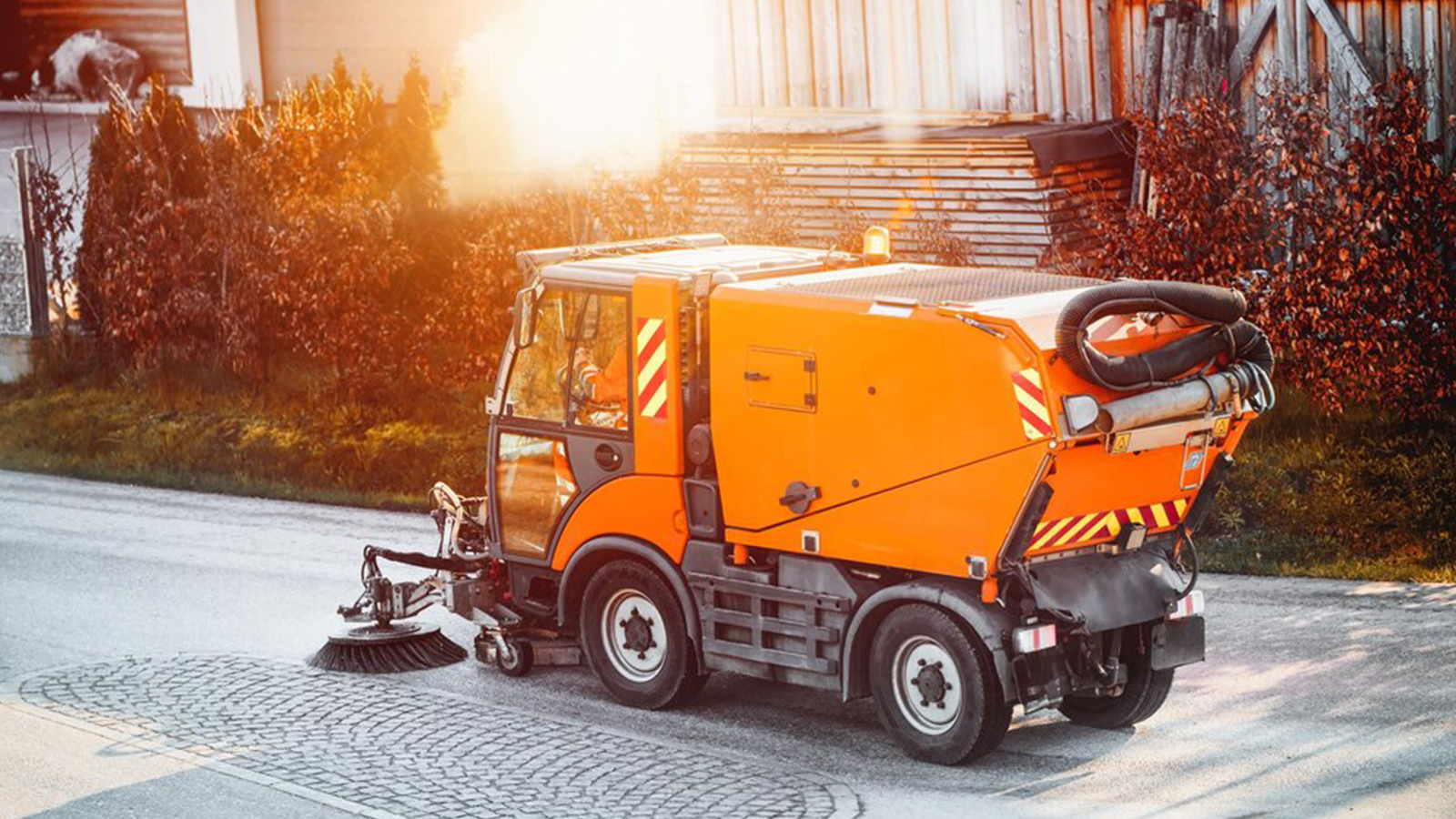The Future of Road Hygiene: Trends and Predictions for 2025 and Beyond
As urbanization continues to rise and environmental concerns become more pressing, road hygiene is increasingly recognized as a critical component of public health, safety, and environmental sustainability. Looking ahead to 2025 and beyond, several key trends are expected to shape the future of road hygiene.
1. Smart Technology Integration
The rise of smart cities is driving the adoption of advanced technologies in road hygiene. From IoT-enabled sensors that monitor waste levels to AI-driven street sweepers that optimize cleaning routes, technology is set to revolutionize the way roads are maintained. These innovations will not only improve efficiency but also reduce operational costs and environmental impact.
2. Eco-Friendly Cleaning Solutions
As sustainability becomes a priority, the demand for eco-friendly cleaning agents and methods is expected to grow. Biodegradable and non-toxic road cleaning products will replace harsh chemicals, reducing pollution and protecting local ecosystems. Additionally, electric and hybrid road maintenance vehicles will become more common, further decreasing the carbon footprint of road hygiene operations.
3. Public-Private Partnerships
Collaboration between government agencies and private companies will play a crucial role in the future of road hygiene. Public-private partnerships (PPPs) are likely to increase, leveraging the expertise and resources of both sectors to implement large-scale, innovative road hygiene programs. These collaborations will be essential for addressing the growing challenges of urban waste management and road maintenance.
4. Data-Driven Decision Making
The use of data analytics in road hygiene will become more sophisticated, enabling more targeted and efficient cleaning strategies. Real-time data from sensors, traffic patterns, and environmental conditions will allow for predictive maintenance, ensuring that resources are deployed where they are needed most. This approach will help cities stay ahead of potential issues, such as flooding or hazardous road conditions, by proactively addressing them.
5. Increased Public Awareness and Engagement
Public awareness campaigns focused on the importance of road hygiene will become more prevalent. Educating citizens about the impact of littering, illegal dumping, and poor waste management on road conditions will encourage more responsible behavior. Additionally, community engagement initiatives, such as neighborhood clean-up programs, will foster a sense of shared responsibility for maintaining clean and safe roads.
6. Regulatory Changes and Standards
Governments are likely to implement stricter regulations and standards for road hygiene, especially in response to environmental concerns. These may include mandatory recycling programs, stricter penalties for littering, and requirements for the use of sustainable materials in road maintenance. Such regulations will drive innovation and ensure that road hygiene practices keep pace with evolving environmental standards.
7. Focus on Resilience and Adaptation
Climate change poses significant challenges to road hygiene, with extreme weather events leading to increased debris, erosion, and damage. The future of road hygiene will involve developing resilient infrastructure and adaptable maintenance strategies that can withstand and quickly recover from these challenges. This may include the use of permeable materials, flood-resistant road designs, and rapid-response cleaning teams.
8. Global Collaboration and Knowledge Sharing
As cities around the world grapple with similar road hygiene challenges, there will be a growing emphasis on global collaboration and knowledge sharing. International conferences, online platforms, and partnerships between cities will facilitate the exchange of best practices, innovative solutions, and lessons learned. This global approach will help cities improve their road hygiene efforts and contribute to a more sustainable and cleaner planet.
Conclusion
The future of road hygiene is set to be shaped by technological advancements, sustainability initiatives, and increased collaboration. By staying ahead of these trends and embracing innovation, cities can ensure that their roads remain clean, safe, and resilient in the face of growing environmental and urban challenges. As we look to 2025 and beyond, the evolution of road hygiene will be a critical factor in the overall health and well-being of our communities.

